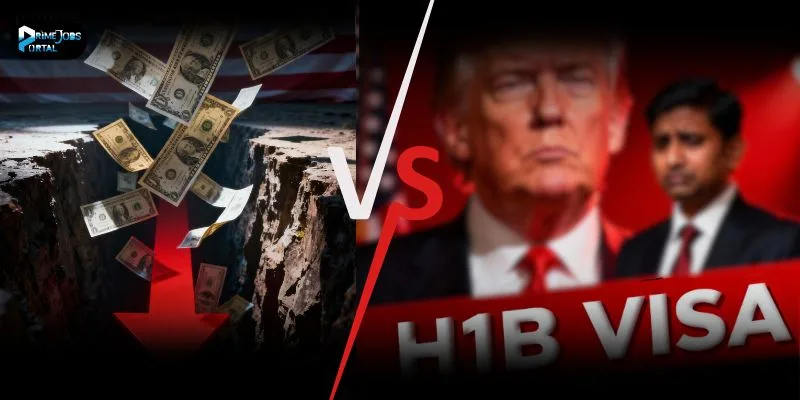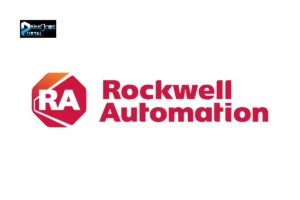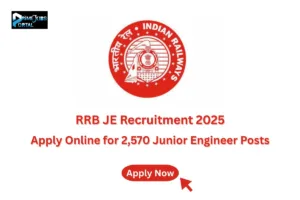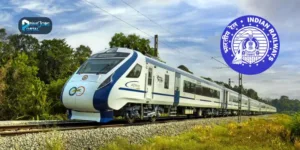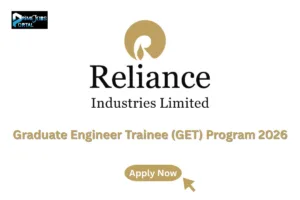The evolving dynamics of H-1B visas have sparked intense debate about their effects on Indian skilled labor, the resilience of the American economy, and the future of global talent flows. In today’s competitive job market, IT professionals, engineers, and data scientists seek greener pastures through H-1B pathways.
That begs the question: how H-1B visas impact Indian skilled labour and how it will destroy American economy and how it opened new gates to India. This article dives deep into these intersections, offering actionable insights and practical guidance for policymakers, businesses, and professionals alike.
What Is the H-1B Visa?
H2B Visas vs H-1B Visas
- H-1B Visa: Specialized occupations requiring theoretical or technical expertise (e.g: IT, engineering)
- H-2B Visa: Temporary non-agricultural workers, lower skill threshold.
Key Features
- Duration: Typically valid for up to three years, extendable to six.
- Employer Sponsorship: Requires a U.S. employer to petition.
- Annual Cap: 65,000 visas plus 20,000 for advanced-degree holders.
Impact on Indian Skilled Labor – H-1B Impact: Indian Skilled Labor & US Economy Fallout
Talent Migration and Brain Drain
India’s technology hubs, Bengaluru, Hyderabad, and Pune have long exported talent to Silicon Valley. The H-1B framework:
- Accelerates international experience, enabling professionals to access high-paying roles.
- Potentially limits domestic innovation, as top talent relocates overseas.
- Stimulates remittances, boosting India’s GDP and household incomes.
Skill Upgradation and Knowledge Transfer
- Returning H-1B holders infuse India with cutting-edge practices:
- Introduction of Agile, DevOps, and cloud-native methodologies.
- Growth of tech startups founded by returnees, fostering entrepreneurship.
Wage and Job Market Effects
- Upward wage pressure in India’s IT sector as firms compete to retain talent.
- Emergence of specialized training institutes offering visa preparation courses.
| Aspect | Effect on India | Effect on U.S. |
|---|---|---|
| Talent Exchange | Returnees launch startups | Access to specialized skill sets |
| Investment Flows | Increased VC funding | Cost-efficient R&D partnerships |
| Technology Transfer | Adoption of advanced tech | Offshoring of routine development tasks |
How H-1B Visas Strain the American Economy
Wage Suppression and Labor Costs
Contrary to popular belief, H-1B critics argue:
- Employers leverage visa holders to bypass the domestic wage floor, hiring skilled labor at comparatively lower rates.
- Reduced bargaining power for U.S. professionals in IT and engineering.
Unemployment and Under-Employment
- Skilled unemployment can rise if visa holders displace qualified Americans.
- Underemployment may occur when visa-sponsored workers accept roles below their skill level due to visa constraints.
Innovation vs. Outsourcing
- A shift toward offshore development centers, as U.S. firms outsource R&D to India.
- Potential decline in domestic R&D investment, impacting long-term economic growth.
Opening New Gates for India
Expansion of Global Networks
H-1B alumni create extensive professional networks:
- Multinational corporations establish or expand Indian campuses to tap into local expertise.
- India positions itself as a global IT services powerhouse.
Policy Reforms and Skill Development
- Government initiatives like Skill India and Digital India align with global market demands.
- Increased focus on STEM education, coding bootcamps, and higher vocational training.
Economic Diversification
- Growth of ancillary sectors—fintech, e-commerce, and biotech—driven by cross-border collaborations.
- Rise in FDI inflows, as global firms invest in Indian talent pools.
| Country | 2006 | 2010 | 2020 | 2021 | 2022 |
|---|---|---|---|---|---|
| Canada | 1,899 | 2,158 | 3,592 | 3,780 | 3,852 |
| China | 3,987 | 5,532 | 38,281 | 39,892 | 45,344 |
| India | 67,594 | 117,409 | 257,998 | 263,848 | 279,386 |
| Mexico | 1,108 | 1,745 | 2,297 | 2,405 | 2,808 |
| Pakistan | 564 | 1,117 | 2,197 | 2,211 | 2,591 |
| Philippines | 2,170 | 2,421 | 4,205 | 4,280 | 4,619 |
| South Korea | 1,168 | 2,097 | 3,321 | 3,502 | 3,603 |
| Taiwan | 1,104 | 1,456 | 1,869 | 1,917 | 2,554 |
| Total | 79,594 | 1,33,935 | 313,760 | 321,835 | 3,44,757 |
Practical Advice for Stakeholders
For Indian Professionals
- Plan Your Move: Evaluate long-term career goals and homecoming prospects.
- Skill Diversification: Gain certifications in AI, cybersecurity, and data analytics.
- Network Strategically: Leverage alumni associations and professional groups.
For U.S. Employers
- Balance Hiring: Prioritize domestic talent development alongside H-1B recruitment.
- Invest Locally: Cultivate partnerships with U.S. universities and community colleges.
- Monitor Compliance: Ensure adherence to wage regulations to avoid legal pitfalls.
For Policy Makers
- Reform Visa Caps: Introduce flexibility to match industry demand cycles.
- Promote Reciprocity: Encourage talent exchange programs that benefit both nations.
- Support Reskilling: Fund upskilling initiatives for American workers displaced by globalization.
Frequently Asked Questions
1. How does the H-1B lottery work?
A computerized random selection if petitions exceed the annual cap.
2. Can H-1B holders switch employers?
Yes, through portability provisions, with a new sponsor filing a petition.
3. What happens after six years on H-1B?
Options include green card sponsorship, a one-year cooling-off period, or returning to India.
Conclusion – H-1B Impact: Indian Skilled Labor & US Economy Fallout
The H-1B visa system undeniably reshapes the global talent landscape by bridging Indian expertise with American innovation. While it poses challenges such as wage pressures and potential underemployment the flipside is an accelerated transfer of skills and technology that fuels India’s economic ascent.
Understanding how H-1B visas impact Indian skilled labour and how it will destroy American economy and how it opened new gates to India empowers stakeholders to craft balanced strategies that harness the best of both worlds.
